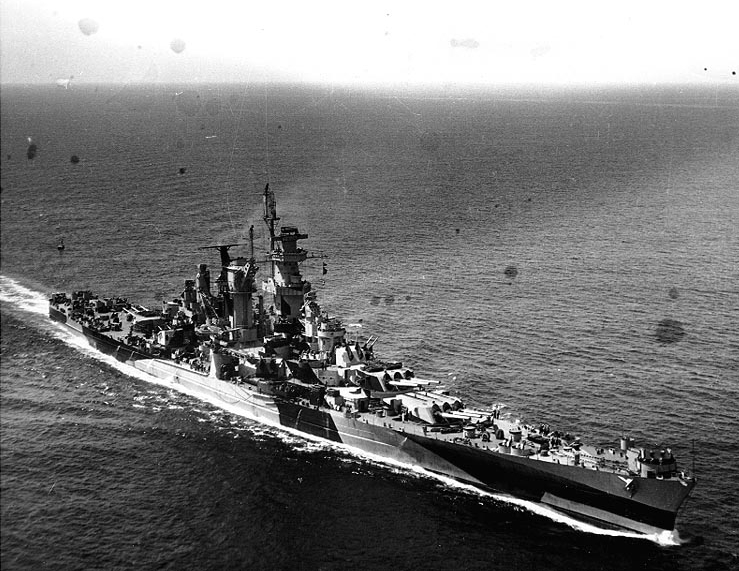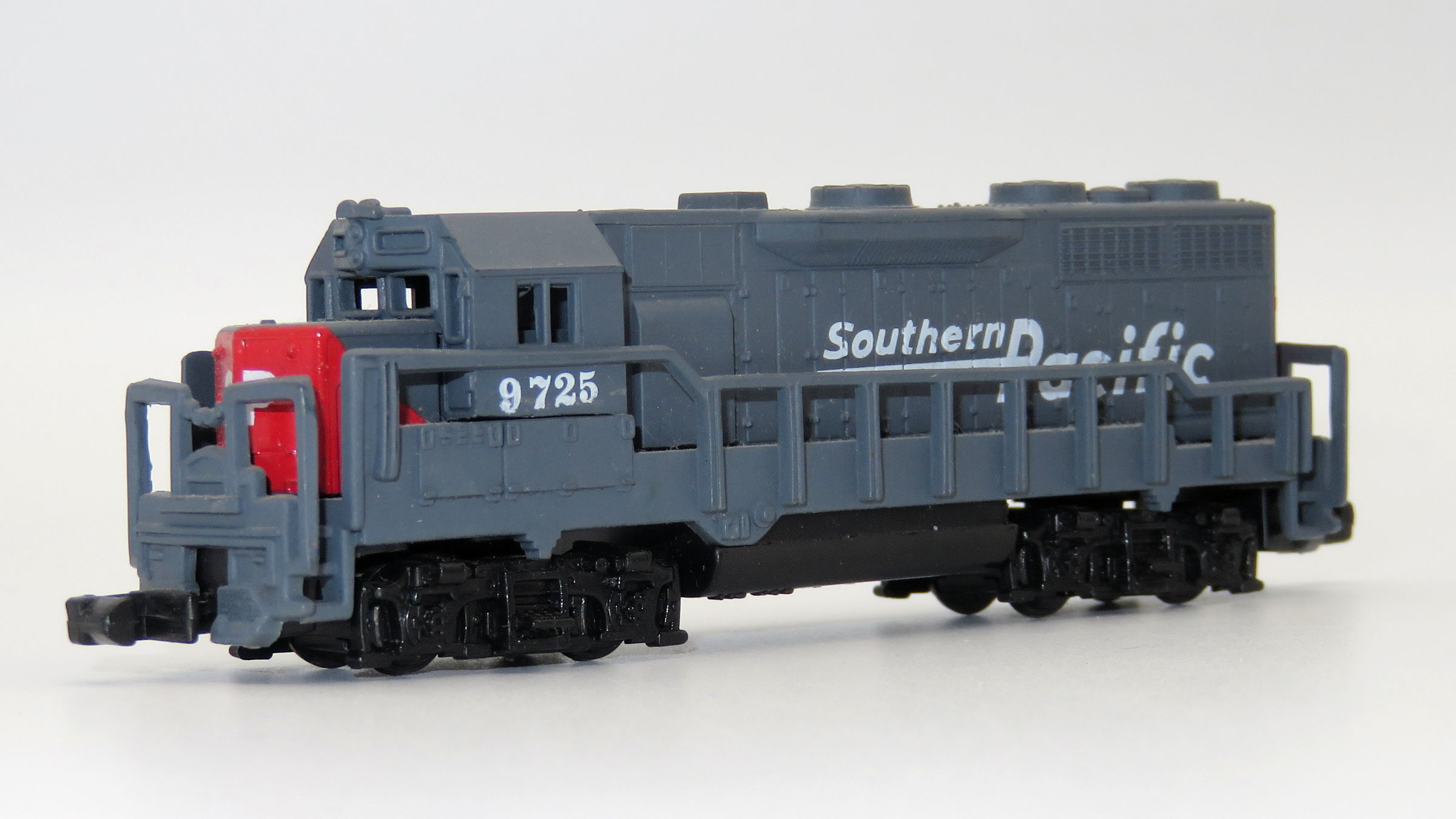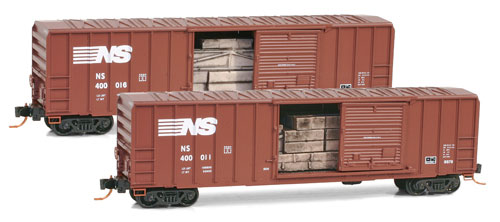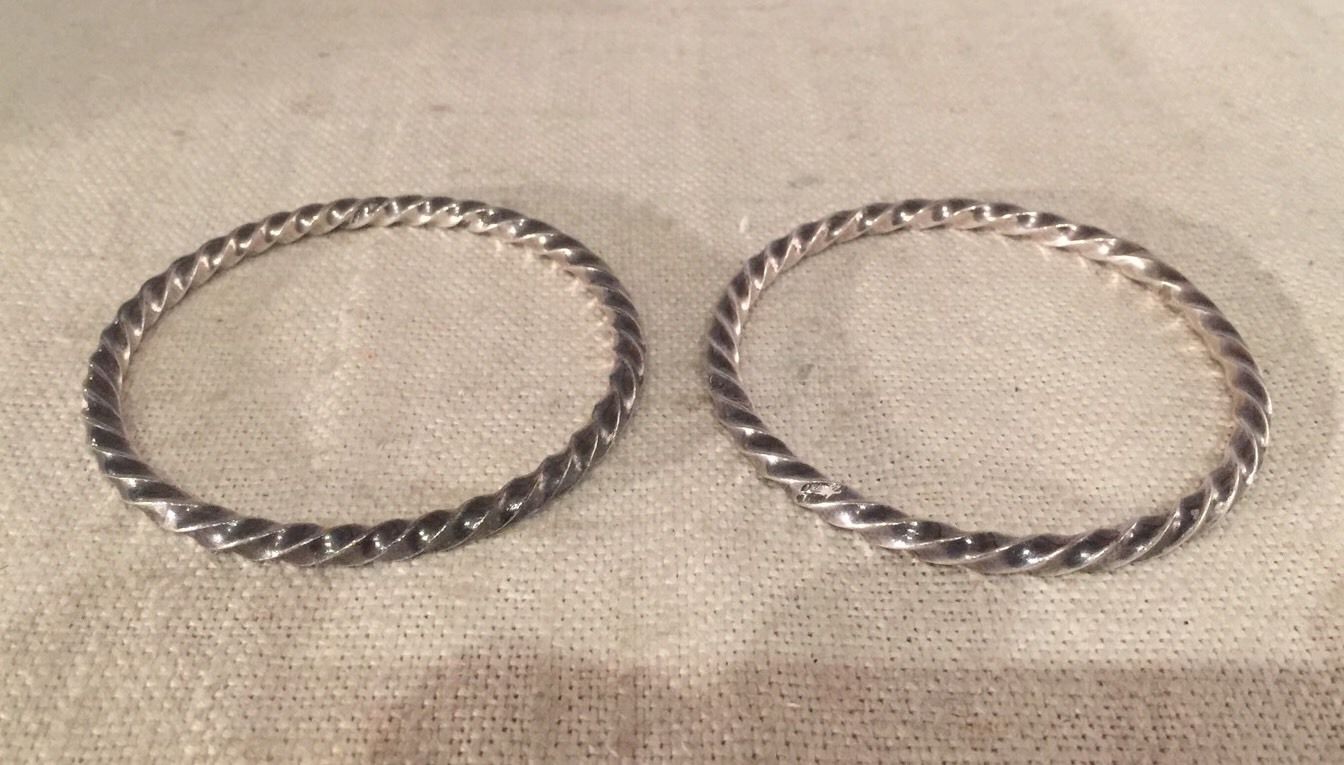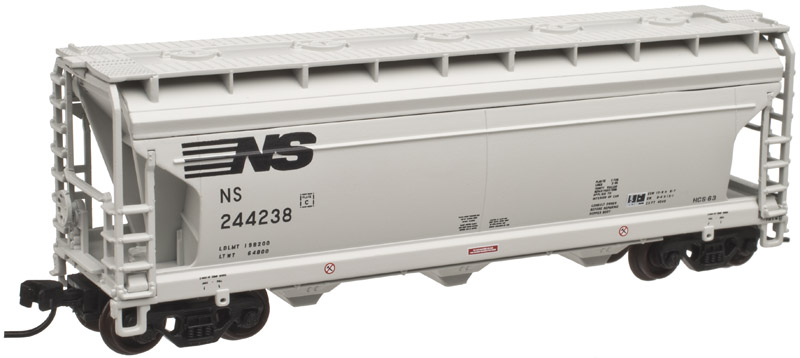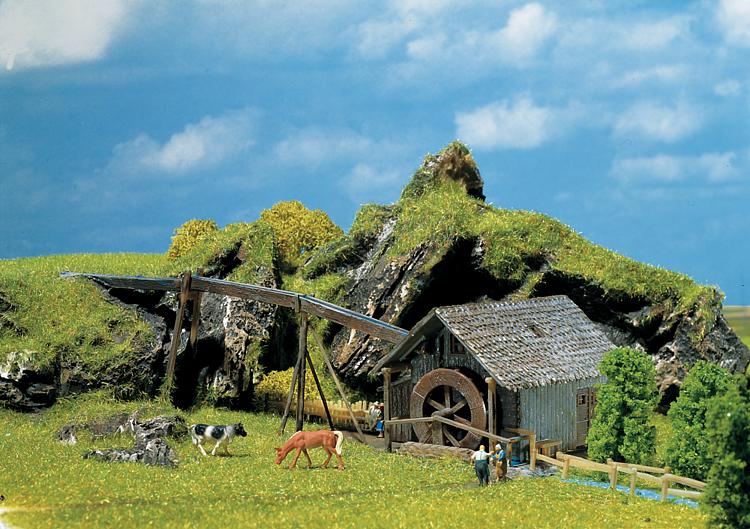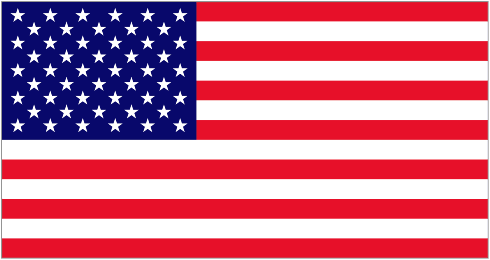USS Alaska (CB-1)
| Name | USS Alaska (CB-1) |
| Nationality | United States (Details) |
| Pennant/Designation | CB-1 |
| Period | World War II |
| Type | Cruiser |
| SubType | Battlecruiser |
| Warship Class | Alaska (Details) |
| Year Launched | 1943 |
| Year Commisioned | 1944 |
| Last Year Active | 1947 |
| Source of Text | Wikipedia |
| Credit Link | Link |
History:
USS Alaska (CB-1) was the lead ship of the Alaska class of large cruisers which served with the United States Navy during the end of World War II. She was the first of two ships of her class to be completed, followed only by Guam; four other ships were ordered but were not completed before the end of the war. Alaska was the third vessel of the US Navy to be named after what was then the territory of Alaska. She was laid down on 17 December 1941, ten days after the outbreak of war, was launched in August 1943 by the New York Shipbuilding Corporation, in Camden, New Jersey, and was commissioned in June 1944. She was armed with a main battery of nine 12 in (300 mm) guns in three triple turrets and had a top speed of 33 kn (61 km/h; 38 mph).
Due to being commissioned late in the war, Alaska saw relatively limited service. She participated in operations off Iwo Jima and Okinawa in February–July 1945, including providing anti-aircraft defense for various carrier task forces and conducting limited shore bombardment operations. She shot down several Japanese aircraft off Okinawa, including a possible Ohka piloted missile. In July–August 1945 she participated in sweeps for Japanese shipping in the East China and Yellow Seas. After the end of the war, she assisted in the occupation of Korea and transported a contingent of US Army troops back to the United States. She was decommissioned in February 1947 and placed in reserve, where she remained until she was stricken in 1960 and sold for scrapping the following year.
Due to being commissioned late in the war, Alaska saw relatively limited service. She participated in operations off Iwo Jima and Okinawa in February–July 1945, including providing anti-aircraft defense for various carrier task forces and conducting limited shore bombardment operations. She shot down several Japanese aircraft off Okinawa, including a possible Ohka piloted missile. In July–August 1945 she participated in sweeps for Japanese shipping in the East China and Yellow Seas. After the end of the war, she assisted in the occupation of Korea and transported a contingent of US Army troops back to the United States. She was decommissioned in February 1947 and placed in reserve, where she remained until she was stricken in 1960 and sold for scrapping the following year.
Class:
The Alaska class was a class of six large cruisers ordered before World War II for the United States Navy. They were officially classed as large cruisers (CB), but others have regarded them as battlecruisers. They were all named after territories or insular areas of the United States, signifying their intermediate status between larger battleships and smaller heavy and lighter cruisers. Of the six planned, two were completed, the third’s construction was suspended on 16 April 1947, and the last three were canceled. Alaska and Guam served with the U.S. Navy for the last year of World War II as bombardment ships and fast carrier escorts. They were decommissioned in 1947 after spending only 32 and 29 months in service, respectively.
The idea for a large cruiser class originated in the early 1930s when the U.S. Navy sought to counter Deutschland-class "pocket battleships" being launched by Germany. Planning for ships that eventually evolved into the Alaska class began in the late 1930s after the deployment of Germany’s Scharnhorst-class battleships and rumors that Japan was constructing a new battlecruiser class.[7][D] To serve as "cruiser-killers" capable of seeking out and destroying these post-Treaty heavy cruisers, the class was given large guns of a new and expensive design, limited armor protection against 12-inch shells, and machinery capable of speeds of about 31–33 knots (36–38 mph, 58–61 km/h).
The idea for a large cruiser class originated in the early 1930s when the U.S. Navy sought to counter Deutschland-class "pocket battleships" being launched by Germany. Planning for ships that eventually evolved into the Alaska class began in the late 1930s after the deployment of Germany’s Scharnhorst-class battleships and rumors that Japan was constructing a new battlecruiser class.[7][D] To serve as "cruiser-killers" capable of seeking out and destroying these post-Treaty heavy cruisers, the class was given large guns of a new and expensive design, limited armor protection against 12-inch shells, and machinery capable of speeds of about 31–33 knots (36–38 mph, 58–61 km/h).
Nationality:
The U.S. is a country of 50 states covering a vast swath of North America, with Alaska in the northwest and Hawaii extending the nation’s presence into the Pacific Ocean. Major Atlantic Coast cities are New York, a global finance and culture center, and capital Washington, DC. Midwestern metropolis Chicago is known for influential architecture and on the west coast, Los Angeles' Hollywood is famed for filmmaking.
Item Links:
We found: 1 different collections associated with
USS Alaska (CB-1) - Cruiser
- Collection War at Sea: 1 different items
Item created by: Lethe
on 2019-03-24 10:10:06
Last edited by: gdm on 2023-04-14 10:32:07
If you see errors or missing data in this entry, please feel free to log in and edit it. Anyone with a Gmail account can log in instantly.
Last edited by: gdm on 2023-04-14 10:32:07
If you see errors or missing data in this entry, please feel free to log in and edit it. Anyone with a Gmail account can log in instantly.


